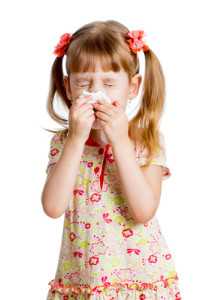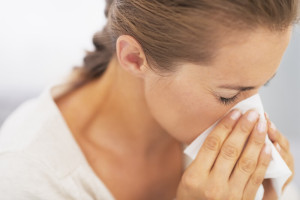 If you suffer from seasonal allergies, late summer and early fall can be a miserable time of year for you. If you also have asthma, fall allergies can become a life-threatening problem. Because the symptoms are so similar, fall allergies are often mistaken for colds, but they need to be treated differently. Allergies and colds can both make you susceptible to bacterial infection.
If you suffer from seasonal allergies, late summer and early fall can be a miserable time of year for you. If you also have asthma, fall allergies can become a life-threatening problem. Because the symptoms are so similar, fall allergies are often mistaken for colds, but they need to be treated differently. Allergies and colds can both make you susceptible to bacterial infection.
Pollen
Ragweed is the most common fall allergy trigger. Ragweed and other weeds start releasing their pollen in August and can continue to release pollen through October in most of the U.S. Other weeds that can trigger fall allergies include:
- Russian thistle
- Pig-weed
- Cockle-weed
- Sagebrush/mug-wort
- Tumbleweed
- Amaranth
- Dock
Some trees and grasses spread their pollen in the fall, too.
Mold
Outdoor mold is most common in late summer and early fall because that is when the environmental conditions are at their prime for mold growth and distribution. Heat and humidity help mold grow and windy conditions make the spores airborne. Piles of leaves and cut vegetation give mold a place to grow.
Smoke
One of the sure signs that fall has arrived is the smell of wood smoke or burning leaves. As soon as the temperature starts to dip, you’ll find people celebrating by lighting a fire in the fireplace or wood stove. Others routinely burn leaf piles as part of their lawn maintenance. Unfortunately, the resulting smoke from either activity can trigger allergy symptoms and asthma attacks.
Dust Mites
Dust mites can live in your home year-round, but they multiply and thrive in hot, humid conditions, meaning temperatures above 70 degrees and humidity above 50%. So, they tend to build up in homes during the summer and then when you close up the house and turn on the central heat for the first time in the fall, they are spread throughout your house.
Source: www.accidentalattorneys.org; September 3, 2014.






